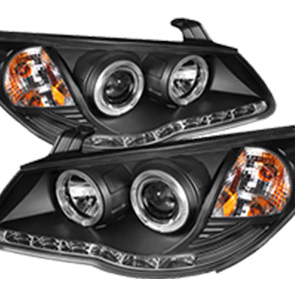Cable-operated Hand Brake System for Enhanced Vehicle Control and Safety
The Importance and Functionality of Cable Hand Brakes
Cable hand brakes are essential components in various vehicles, particularly in bicycles and some types of motorized vehicles. They are designed to provide efficient stopping power while offering ease of use for the operator. This article delves into the importance, functionality, and maintenance of cable hand brakes, highlighting their role in enhancing safety and performance.
Understanding Cable Hand Brakes
Cable hand brakes operate based on a straightforward principle. When the rider or driver pulls the brake lever, the brake cable—typically made of durable steel—tightens, transmitting force to the brake caliper or drum. This mechanism activates the brake pads or shoes, which then clamp down on the wheel, slowing or stopping the vehicle's motion. Unlike hydraulic brakes, which use fluid to transmit force, cable hand brakes rely on mechanical force, making them simpler and often lighter.
Importance of Cable Hand Brakes
1. Safety The primary purpose of any braking system is safety. Cable hand brakes provide reliable stopping power, which is crucial in emergency situations. Their straightforward design helps ensure that the brakes are less likely to fail compared to more complex systems. Regular maintenance can enhance their reliability, making them an essential feature for anyone operating a vehicle.
2. Control and Precision Hand brakes allow the operator to apply braking force precisely, giving them greater control over the vehicle. This is particularly important in situations that require gradual slowing, such as going down a hill. Bicyclists, for example, can modulate their speed effectively, reducing the risk of accidents.
3. Adaptability Cable hand brakes can be adapted for various applications. Whether installed on a mountain bike, road bike, or certain types of motorized vehicles, they offer versatility. Riders can choose different types of hand brakes depending on their needs—be it for performance, comfort, or specific terrain requirements.
4. Cost-Effectiveness Compared to hydraulic systems, cable hand brakes are generally less expensive to manufacture and maintain. This cost efficiency makes them an attractive option for entry-level bikes and vehicles where budget constraints are a concern.
Functionality and Mechanism
The functionality of cable hand brakes can be broken down into several key components
cable hand brake

- Brake Lever This is the part operated by the user, usually found on the handlebars of a bicycle or near the driver’s seat in motor vehicles. - Cable The cable connects the lever to the brake mechanism. It can be adjusted for tension, which impacts the sensitivity and response of the brakes. - Brake Calipers or Drum In disc brake systems, calipers squeeze brake pads against a rotating disc. In drum brakes, the shoes expand against the inner surface of the drum. The choice of brake type depends on the specific vehicle and its intended use.
When the brake lever is pulled, the cable tension increases, pulling the calipers or shoes into action. The entire process is relatively quick and efficient, delivering reliable braking performance.
Maintenance Tips
To ensure that cable hand brakes perform optimally, regular maintenance is crucial
1. Check Cable Tension Over time, cables can stretch or fray. Regularly check the tension and adjust if necessary to ensure responsive braking. 2. Inspect Brake Pads/Shoes Worn pads or shoes can significantly reduce braking efficiency. Inspect them for wear and replace them when necessary to maintain optimal performance.
3. Lubricate Periodically lubricate the cable and its housing to prevent sticking and ensure smooth operation. A little maintenance goes a long way in extending the life of the braking system.
4. Clean Components Dirt and grime can affect the performance of the brake system. Regular cleaning of the brake components ensures that they operate smoothly without obstruction.
5. Test Regularly Always test your brakes before rides. A simple squeeze of the levers can indicate whether your brakes are functioning as they should.
Conclusion
Cable hand brakes are indispensable for safe and effective vehicle operation. Their straightforward design, combined with the ability to provide immediate stopping power, makes them a favored choice across various types of vehicles. With proper maintenance and care, cable hand brakes can greatly enhance both the performance and safety of a ride, making them a vital component for any operator. Whether you’re a casual cyclist or a vehicle enthusiast, understanding and maintaining your cable hand brakes is essential for a safe and enjoyable experience on the road.
-
Upgrade Your Control with Premium Throttle CablesNewsAug.08,2025
-
Stay in Control with Premium Hand Brake CablesNewsAug.08,2025
-
Experience Unmatched Performance with Our Clutch HosesNewsAug.08,2025
-
Ensure Safety and Reliability with Premium Handbrake CablesNewsAug.08,2025
-
Enhance Your Vehicle with High-Performance Clutch LinesNewsAug.08,2025
-
Elevate Your Ride with Premium Gear CablesNewsAug.08,2025
